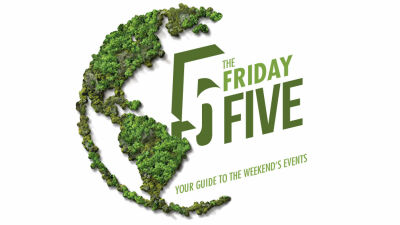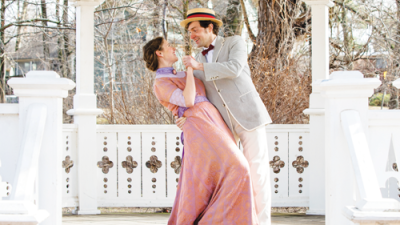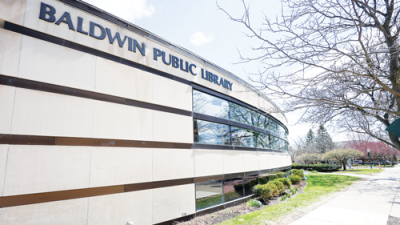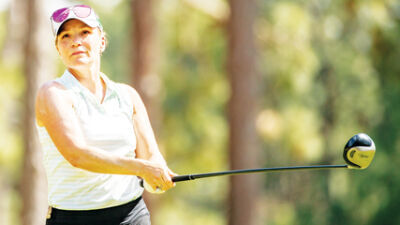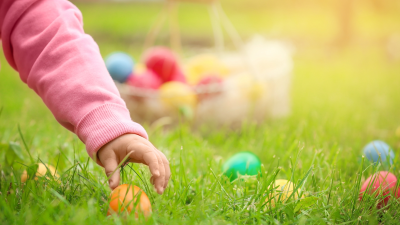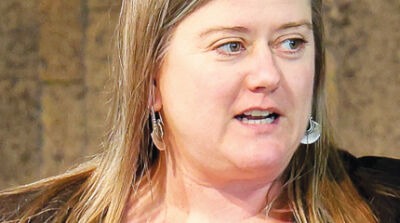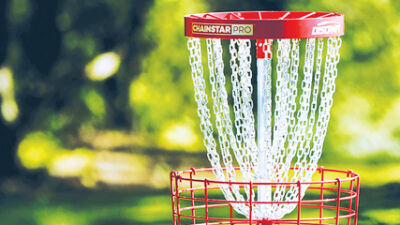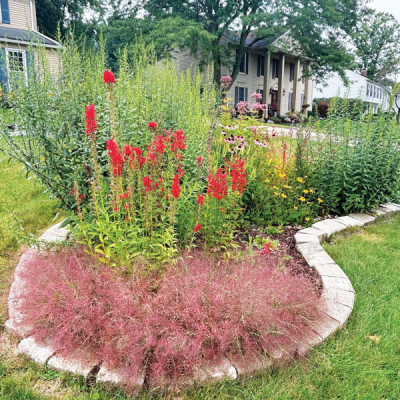
A pollinator garden at a Rochester Hills home features the following plants: purple love grass, cardinal flower, showy goldenrod, New England aster, butterfly milkweed, Joe Pye weed, purple coneflower, northern blazing star, black-eyed Susan and foxglove beardtongue.
Photo provided by Daniela Lucia Garza
METRO DETROIT — A garden can be more than a patch of beautiful landscaping. It can be a lifeline for nature.
Pollinators — insects and animals that carry pollen from plant to plant, allowing plants to reproduce — can find pollen and dine on nectar from any variety of flowers. By planting a pollinator-friendly garden, expert green thumbs and gardening first-timers alike can provide a space that allows pollinator species to flourish.
“When you talk about pollinator plants, you’re talking about ones that provide really good sources of pollen and nectar,” Caitlin Splawski, Michigan State University Extension consumer horticulture educator, said. “Pollinators can range anywhere from ants to flies to bees and wasps to butterflies, and they all have different requirements for what they need. Generally insects require pollen for protein and require nectar for carbohydrates.”
Planting pollinator gardens serves an important purpose for the health of pollinator insect species. While the invasive and domesticated honeybee tends to serve as the poster child for pollinators in danger, Michigan’s native pollinators remain under threat from habitat loss, pesticides and diseases. Planting to their needs can help these species.
Before planting anything, MSU Extension educator and entomologist David Lowenstein recommends getting a feel for the suitability of your plot.
“If you want to help pollinators, hopefully you have an area that gets five or more hours of direct sun, because there’s not a lot of plants that are attractive to pollinators that do well in full shade,” Lowenstein said.
Keeping a diversity of blooming times allows for pollinators to have food sources all year. Flowers such as asters will bloom in the fall, while perennials like butterfly weed and wild geranium will bloom in the spring and summer.
The MSU Extension plant search tool — which can be accessed at canr.msu.edu/native plants/plant_facts/plant-search-tool — can help gardeners find native plants based on shade, soil moisture, blooming time and location within Michigan.
Planting certain pollinator-friendly flowers is not the only way a garden can benefit pollinators. When managed properly, gardens can serve as homes and egg-laying spots.
“Bees can live in one of two places,” Lowenstein said. “They can live in the soil or they can live in a cavity: rotting logs or the old stems of plants. If you have the space in the garden, leaving a small corner or area a little messy or undisturbed can provide a space that a bee might be able to nest within. If you have some old logs or stems that you’ve cut, they can take advantage of those holes and nest within them. Some people put what’s called ‘bee condos’ in the garden; it’s sort of a house with holes drilled within its wood that cavity-nesting bees can nest in. That’s something you can find at stores or you can make yourself if you drill holes within the wood that are varying diameters from about the size of a dime to 1/16 of an inch in diameter.”
Keeping gardens watered helps plants stay healthy, but nothing is more harmful to the goals of a pollinator garden than spraying it with pesticides.
“Spraying plants during bloom, whether it’s with a pesticide or herbicide, is not recommended because pollinators are only going to visit plants that are flowering, and you don’t want to create toxicity for a bee if it visits a plant that has been sprayed with a pesticide,” Lowenstein said.
Getting started with a pollinator garden can be daunting, but Splawski encourages anyone interested in helping pollinators to give it a go.
“If someone is new to gardening, it’s always a good idea to start small,” Splawski said. “Don’t bite off more than you can chew in a single season, and just doing a small amount in your garden is still better than nothing. Set yourself up for success by starting small and don’t be afraid to dive in. Gardening is a lot of trial and error, so don’t be afraid if something doesn’t work out.”
Resources are available to help anyone looking to plant their own pollinator gardens. The MSU Extension has numerous pages on growing for pollinators at pollinators.msu.edu while the Rochester Pollinators group sells seeds and provides resources through its website at rochesterpollinators.org.
 Publication select ▼
Publication select ▼


